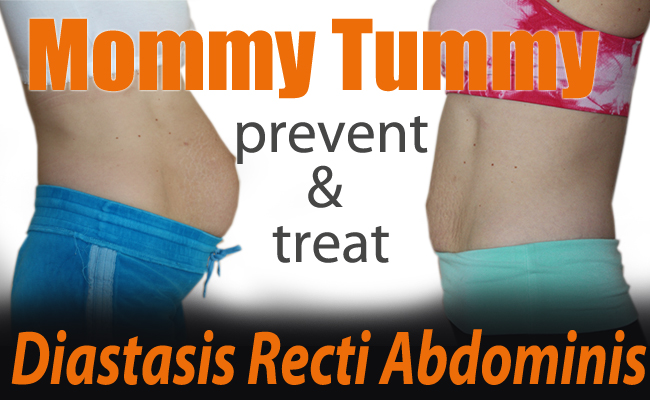
Research has shown that the use of NMES along with exercise leads to smaller abdominal separation width and increased stomach strength when compared with treating the condition with exercise alone. This treatment is frequently utilized by physical therapists to treat diastasis recti in combination with core strengthening exercises.


However, a number of intra-pregnancy post-partum impairments have been somehow linked to this abnormality, including back pain, abdominal pain, and incontinence 5 - 7. What Is Diastasis Recti Diastasis recti (DR) is the separation of the rectus abdominus from the linea alba. Your PT can also help you target the low back, hip, and diaphragm muscles, which can lend support to the affected area of your stomach. Recti muscle diastasis is basically regarded as an aesthetic issue, with the subject presenting a bulging and flabby abdomen and looking as if they were still pregnant. Numerous surgical techniques have been presented but scientifically proper studies reporting functional outcome are few and evidence is incomplete. Physical therapy can help reduce the separation that occurs in the rectus abdominis by strengthening your stomach muscles. Over the last decade rectus diastasis has gained attention as a condition that may benefit from surgery.

Core strengthening: As your abdominal muscles are stretched further and further, they become less effective in providing core stability.


 0 kommentar(er)
0 kommentar(er)
